Updated: 16 November 2022[1]
The Gospels of Matthew, Mark and Luke each tell the story of how Jesus quelled a storm when it threatened to sink the boat in which he and his disciples were sailing as they were crossing the Sea of Galilee. Jesus orders the storm to cease, the winds and the sea obey him, and Jesus urges the disciples to have faith. The story ends abruptly, with the disciples wondering how it is that Jesus has the elements at his command. The question hangs in the air unanswered as the pericope reaches its end.
It is unlike Jesus to have passed up a teaching opportunity, so one wonders whether there might have been more to Quieting a Storm than is presented in the canonical Gospels. Robert Lindsey believed that at a stage in pre-synoptic transmission of the Jesus tradition, narrative-sayings “complexes” were broken up into their constituent parts. Narratives describing incidents in Jesus’ life were separated from the teaching materials that arose from those incidents. The breaking up of “complexes” was the work of the Anthologizer, who subsequently rearranged the pieces according to theme and genre into a work Lindsey called the Anthology (Anth.). According to Lindsey, it is sometimes possible to restore these narrative-sayings “complexes” by searching for key themes and vocabulary that link sayings to incidents.
While searching for teaching material that at one time might have been attached to Quieting a Storm, we noticed that Faith Like a Mustard Seed shares distinctive themes and vocabulary that make it a fitting response to the disciples’ reaction to the storm and its quelling.[2] The theme that unites the two pericopae is the power of faith. In Quieting a Storm Jesus intimates that if the disciples had faith, they could have dealt with the storm on their own. In Faith Like a Mustard Seed Jesus declares that with the smallest quantity of faith the disciples can command nature to do supernatural things. Key vocabulary that unites Quieting a Storm and Faith Like a Mustard Seed includes “Lord,” “faith,” “sea” and “obey.”

If we place Faith Like a Mustard Seed after Quieting a Storm, we find Jesus turning the disciples away from speculations about his personal abilities, redirecting their attention toward how they can become participants in God’s redeeming reign over his creation through faith. Such redirection of the disciples’ attention is characteristic of Jesus, who abhorred the prospect of becoming the center of a cult of personality. Jesus much preferred for his teachings to be practiced than for his charismatic persona to be admired (cf. Matt. 7:21 ∥ Luke 6:46). We therefore believe that in the Hebrew Life of Yeshua Quieting a Storm and Faith Like a Mustard Seed may once have formed a narrative-sayings “complex.”
According to Lindsey, narrative-sayings “complexes” typically included a narrative incident followed by teaching, which was concluded with illustrations, often consisting of twin parables. We have not identified any parables or other illustrative sayings that fit the “Power of Faith” complex. It may be that the “Power of Faith” complex always lacked concluding illustrations, or it is possible that the concluding illustrations are lost.[3] In any case, we believe that by (re)uniting Quieting a Storm with Faith Like a Mustard Seed, we have discovered a more complete episode in the story of Jesus.
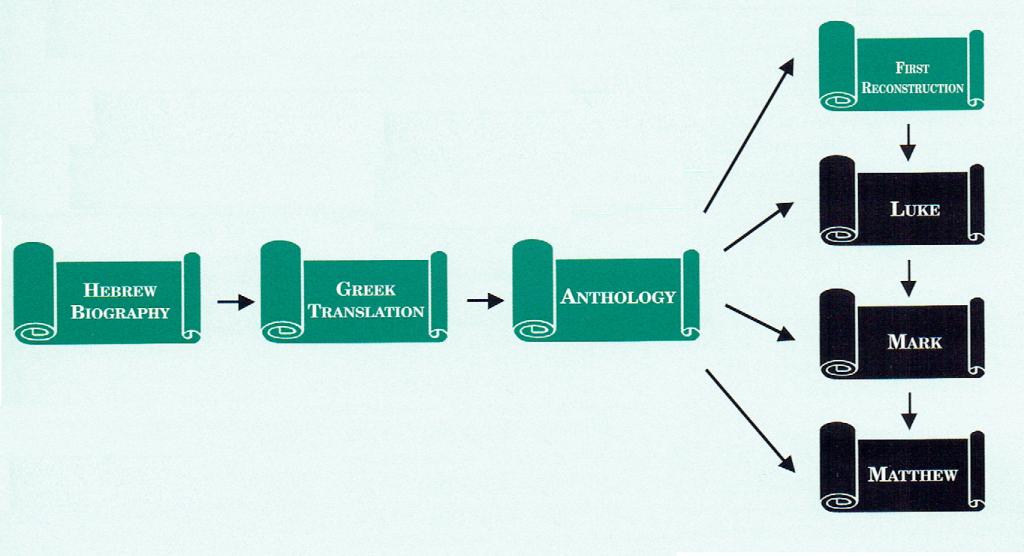
Click on the following titles to view the Reconstruction and Commentary for each pericope in the “Power of Faith” complex.
To demonstrate how the pieces of the “Power of Faith” complex fit together, we have assembled our paraphrases of the Hebrew reconstructions of the individual segments below. We have also assembled the Greek and Hebrew reconstructions of the entire complex and presented them following the English paraphrase.
Sometime around then Yeshua boarded a boat—he and his disciples. [And Yeshua said to them, “Let’s cross over to the opposite shore.” ⟨So they crossed over.⟩] Now as they were sailing, a huge storm overtook them on the lake that was liable to sink them. But Yeshua had lain down at the back of the boat and was sound asleep. So the disciples went to Yeshua and woke him up. “Lord! Lord!” they exclaimed. “We’re all about to die!”
At that, Yeshua woke up and rebuked the blowing winds and splashing waters, whereupon the lake stopped its raging and a profound calm took its place.
Then Yeshua said to his disciples, “Trust God!”
Yet the disciples were very much afraid. Looking in awe at one another, they said, “How is it that Yeshua commands the elements and they obey him?”
But the Lord said, “If your trust in God is even like a mustard seed in size, then you could say to a sycamore fig tree, ‘Be uprooted and be transplanted in the sea!’ and it would do as you command.”
Greek Reconstruction
καὶ ἐγένετο ἐν ἐκείναις ταῖς ἡμέραις καὶ ἐνέβη εἰς πλοῖον αὐτὸς καὶ οἱ μαθηταὶ αὐτοῦ [καὶ εἶπεν πρὸς αὐτούς διαπεράσομεν εἰς τὸ πέραν τῆς θαλάσσης ⟨καὶ διεπέρασαν⟩] πλεόντων δὲ αὐτῶν καὶ ἰδοὺ σεισμὸς μέγας ἔστη ἐπ̓ αὐτοὺς ἐν τῇ θαλάσσῃ ὥστε βυθίζειν αὐτούς καὶ αὐτὸς ἐκοιμήθη ἐν τῇ πρύμνῃ καὶ ἐκάθευδεν καὶ προσελθόντες ἤγειραν αὐτὸν λέγοντες κύριε κύριε ἀπολλύμεθα καὶ ἐγερθεὶς ἐπετίμησεν τοῖς ἀνέμοις καὶ τῷ ὕδατι καὶ ἐπαύσατο [ἡ θάλασσα ⟨ἀπὸ κλύδωνος αὐτῆς⟩] καὶ ἐγένετο γαλήνη μεγάλη καὶ εἶπεν αὐτοῖς ἔχετε πίστιν θεοῦ καὶ ἐφοβήθησαν οἱ ἄνθρωποι φόβον μέγαν καὶ ἐθαύμασαν λέγοντες τίς ἄρα οὗτός ἐστιν ὅτι ἐπιτάσσει καὶ τοῖς ἀνέμοις καὶ τῷ ὕδατι καὶ ὑπακούουσιν αὐτῷ
εἶπεν δὲ ὁ κύριος εἰ ἔχετε πίστιν ὡς κόκκον σινάπεως ἐλέγετε τῇ συκαμίνῳ ταύτῃ ἐκριζώθητι καὶ φυτεύθητι ἐν τῇ θαλάσσῃ καὶ ὑπήκουσεν ὑμῖν
Hebrew Reconstruction
וַיְהִי בַּיָּמִים הָהֵם וַיֵּרֶד לִסְפִינָה הוּא וְתַלְמִידָיו [וַיֹּאמֶר לָהֶם נַעֲבֹר לְעֵבֶר הַיָּם ⟨וַיַּעַבְרוּ⟩] וְהָיוּ בָּאִים וְהִנֵּה סַעַר גָּדוֹל עָמַד עֲלֵיהֶם בַּיָּם לְטֹבְעָן וְהוּא שָׁכַב בְּיַרְכְּתֵי הַסְּפִינָה וַיֵּרָדֵם וַיִּקְרְבוּ וַיָּעִירוּ אוֹתוֹ לֵאמֹר אֲדוֹנֵנוּ אֲדוֹנֵנוּ נֹאבֵד וַיֵּעוֹר וַיִּגְעַר בָּרוּחוֹת וּבַמַּיִם וַיָּנַח [הַיָּם ⟨מִזַּעְפּוֹ⟩] וַיְהִי שָׁלוֹם גָּדוֹל וַיֹּאמֶר לָהֶם הַאֲמִינוּ בֵּאלֹהִים וַיִּירְאוּ הָאֲנָשִׁים יִרְאָה גְדוֹלָה וַיִּתְמְהוּ לֵאמֹר מָה הַדָּבָר הַזֶּה שֶׁהוּא מְצַוֶּה אַף לָרוּחוֹת וְאַף לַמַּיִם וְהֵם שׁוֹמְעִים לוֹ
וַיֹּאמֶר הָאָדוֹן אִם אַתֶּם מַאֲמִינִים אֲפִילּוּ כְעֵין הַחַרְדָּל אַתֶּם אוֹמְרִים לְשִׁקְמָה זוֹ הֵעָקְרִי וְהִנָּטְעִי בַּיָּם וְשׁוֹמַעַת לָכֶם
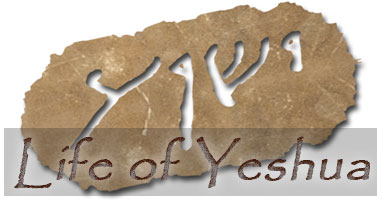 Click here to return to The Life of Yeshua: A Suggested Reconstruction main page.
_______________________________________________________
Click here to return to The Life of Yeshua: A Suggested Reconstruction main page.
_______________________________________________________
- [1] For abbreviations and bibliographical references, see “Introduction to ‘The Life of Yeshua: A Suggested Reconstruction.’” ↩
- [2] Cf. Vincent Taylor, The Life and Ministry of Jesus (London: Macmillan, 1961), 100; Vermes, Authentic, 7; Collins, 262. ↩
- [3] Neither Luke nor Mark nor Matthew contain all the pericopae we trace back to Anth. So it is entirely possible that some narratives, sayings and/or illustrations that were included in the Hebrew Life of Yeshua and transmitted to Anth. via the Greek translation of the Hebrew Life of Yeshua never made it into any of the Synoptic Gospels. ↩

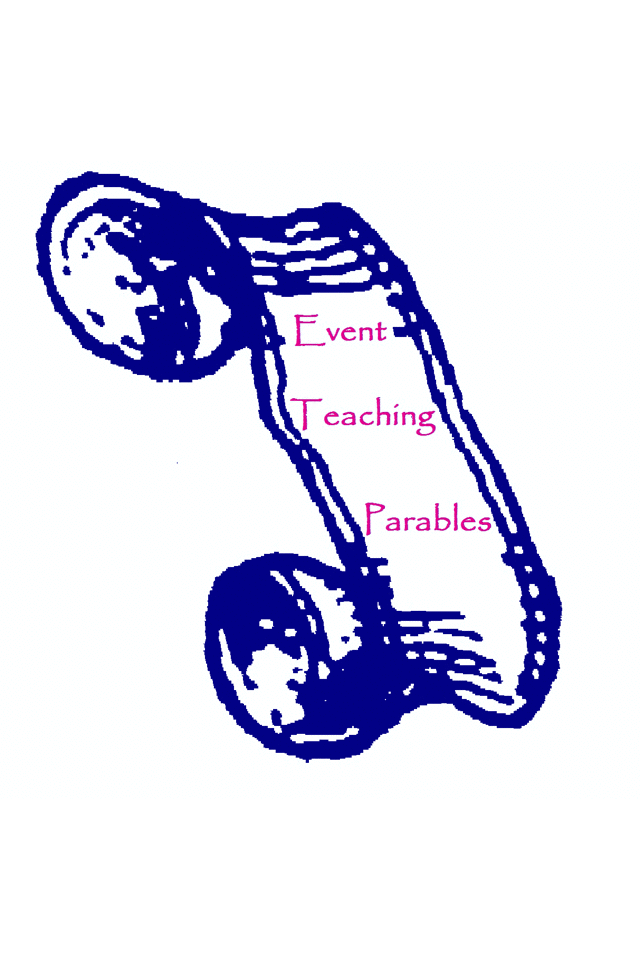
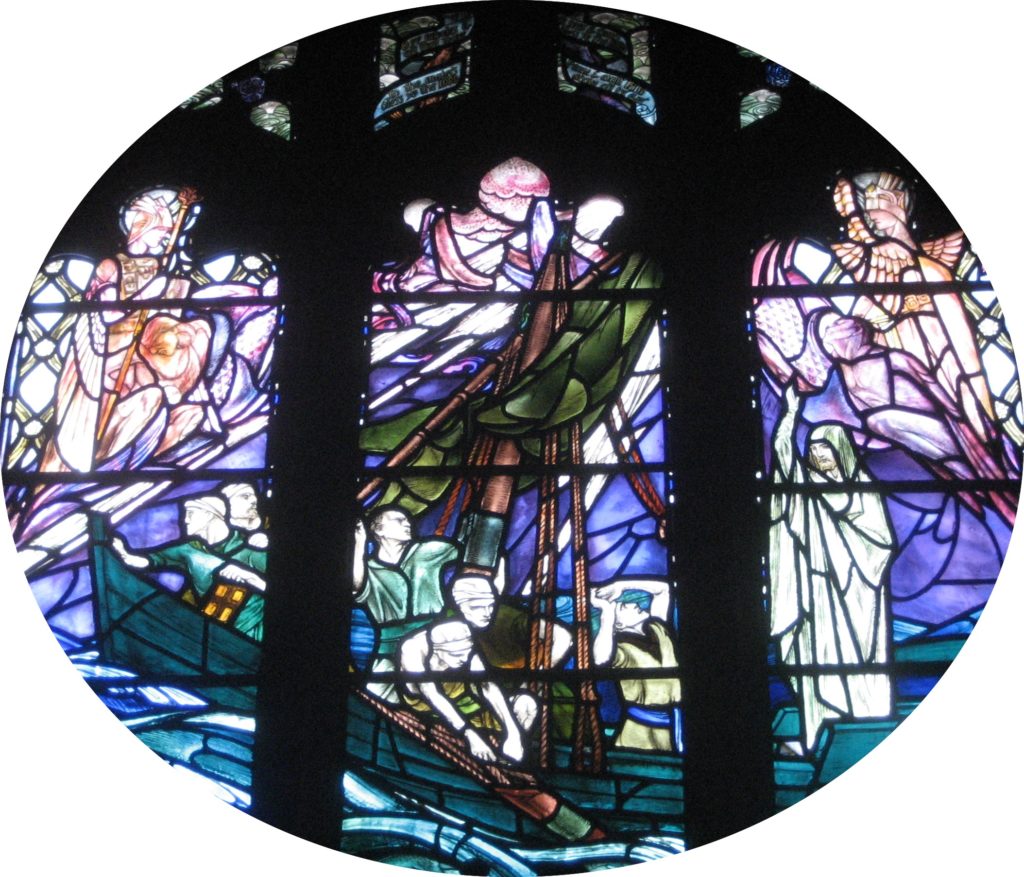
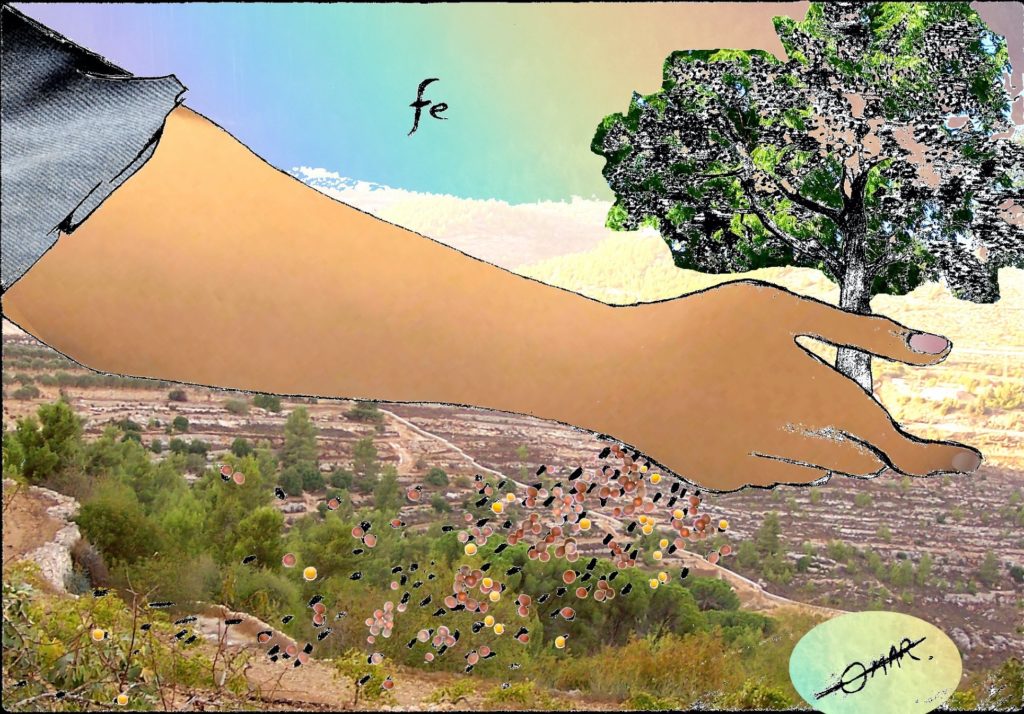


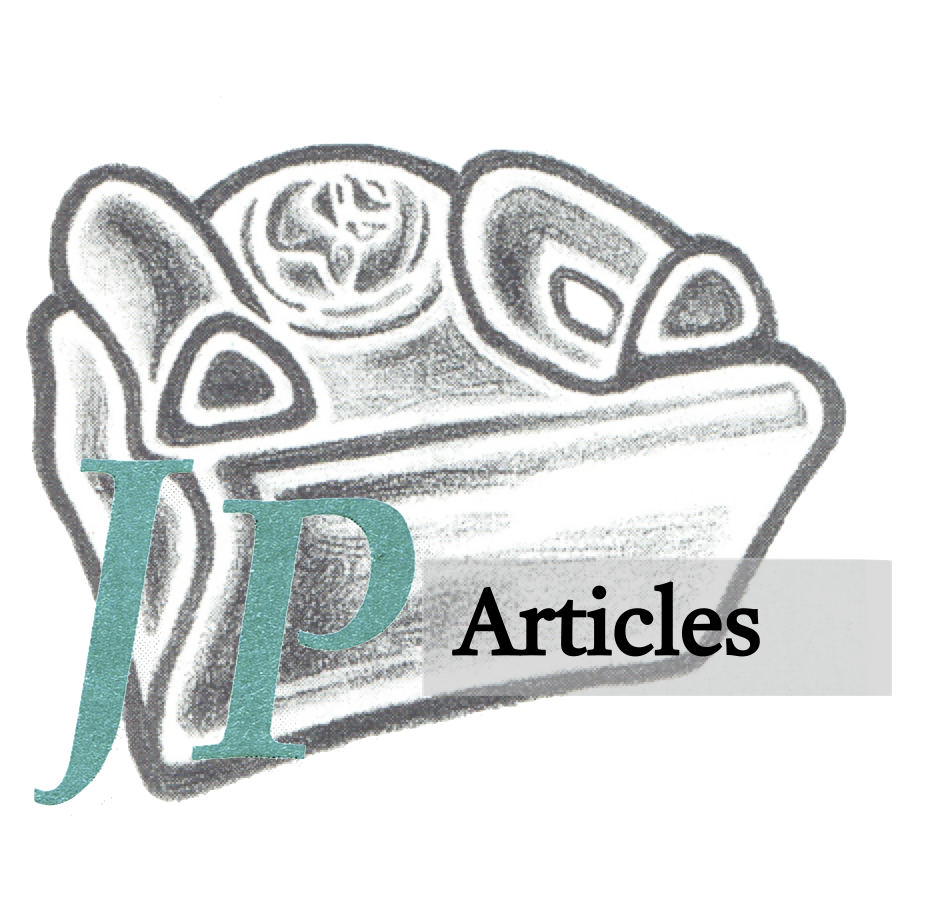

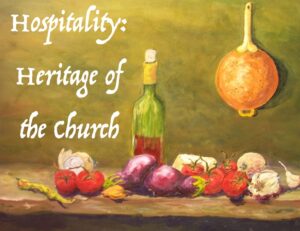
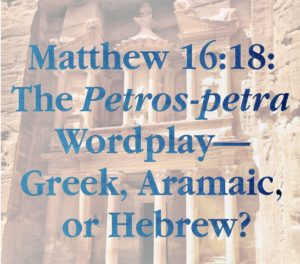

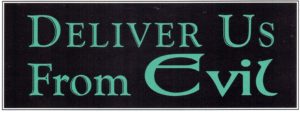

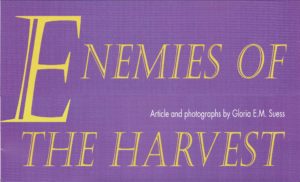
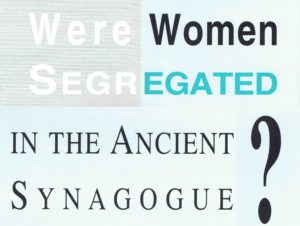
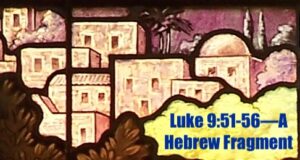
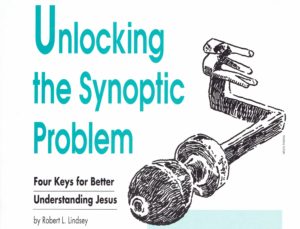


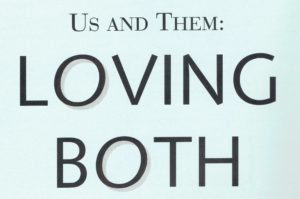
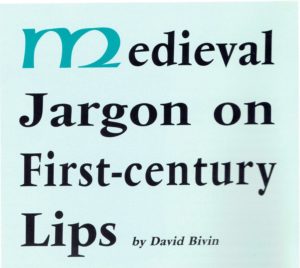
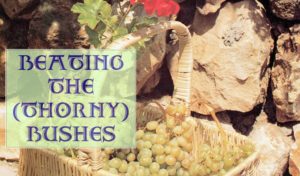
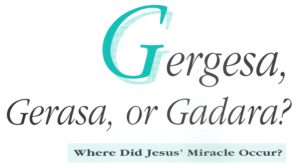
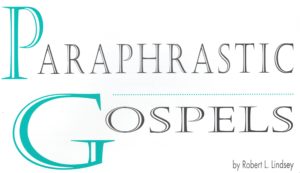
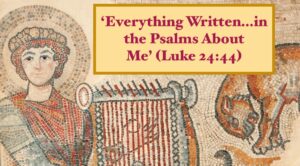
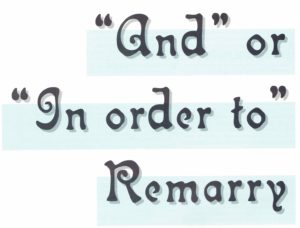
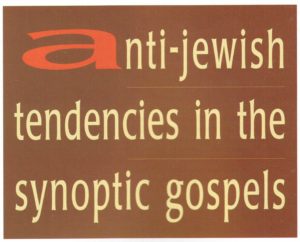


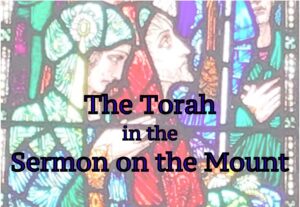
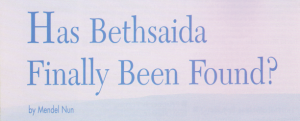
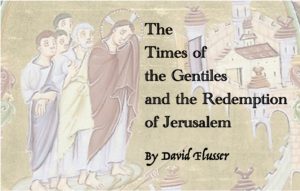

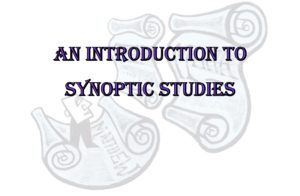
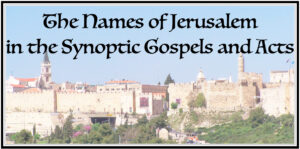

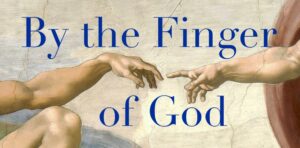
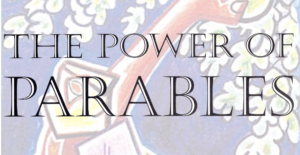
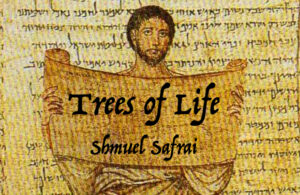
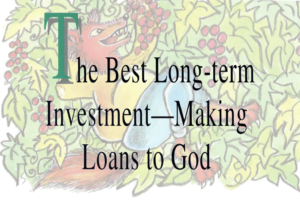
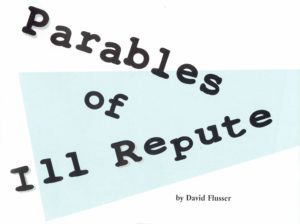
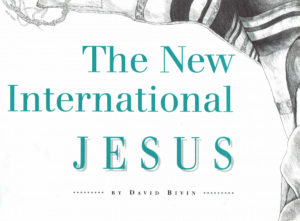

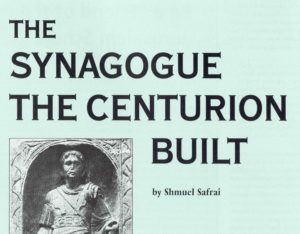

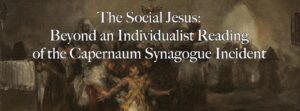
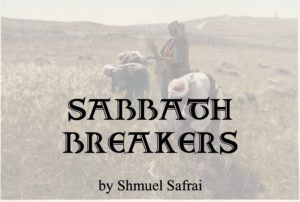
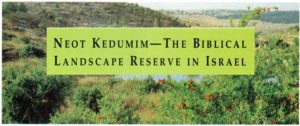
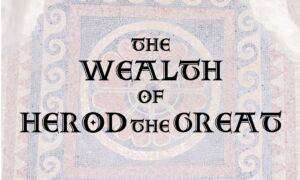

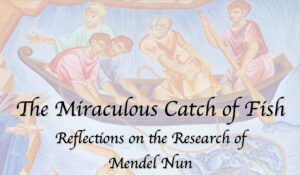
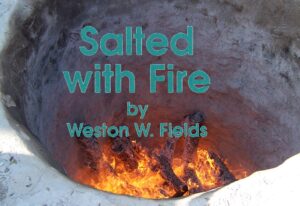
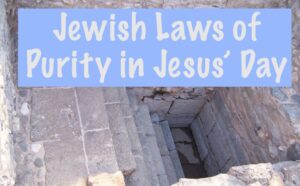
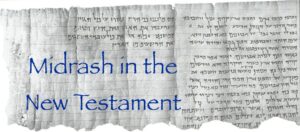
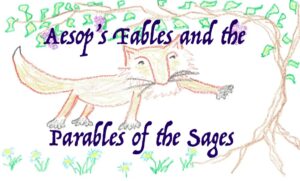
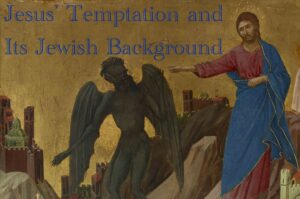
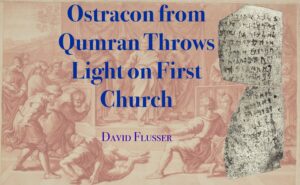
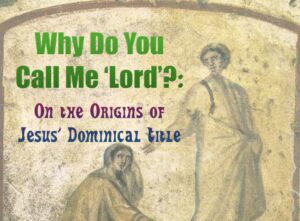
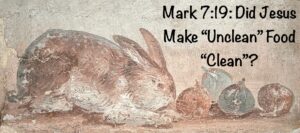
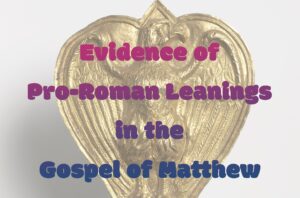
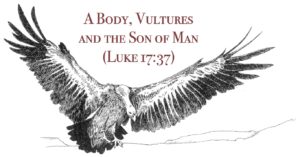


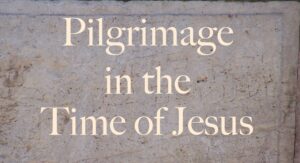
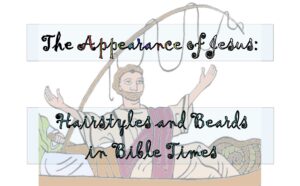

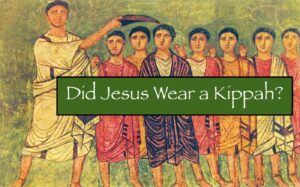
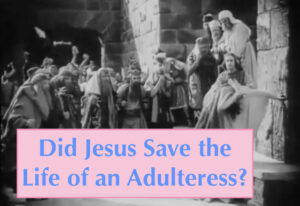
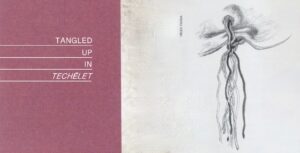
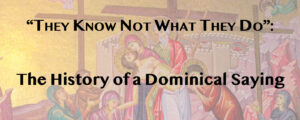
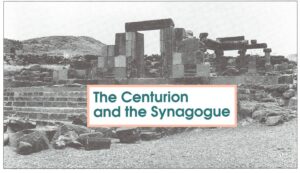
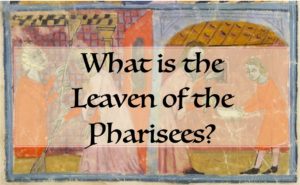
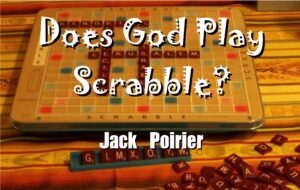
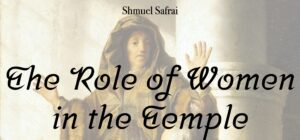
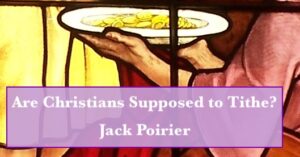
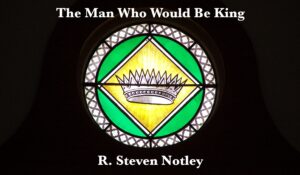
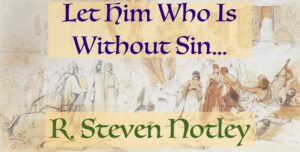

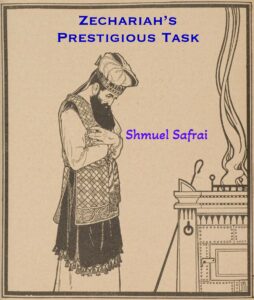
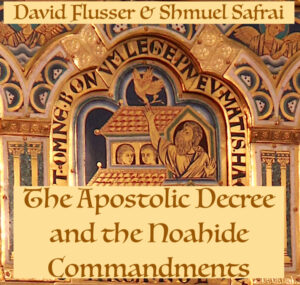

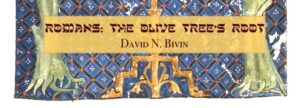
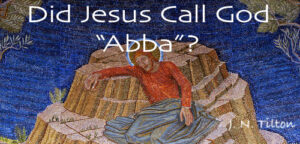
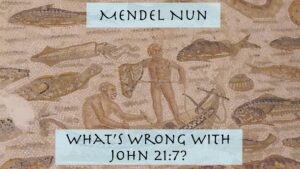
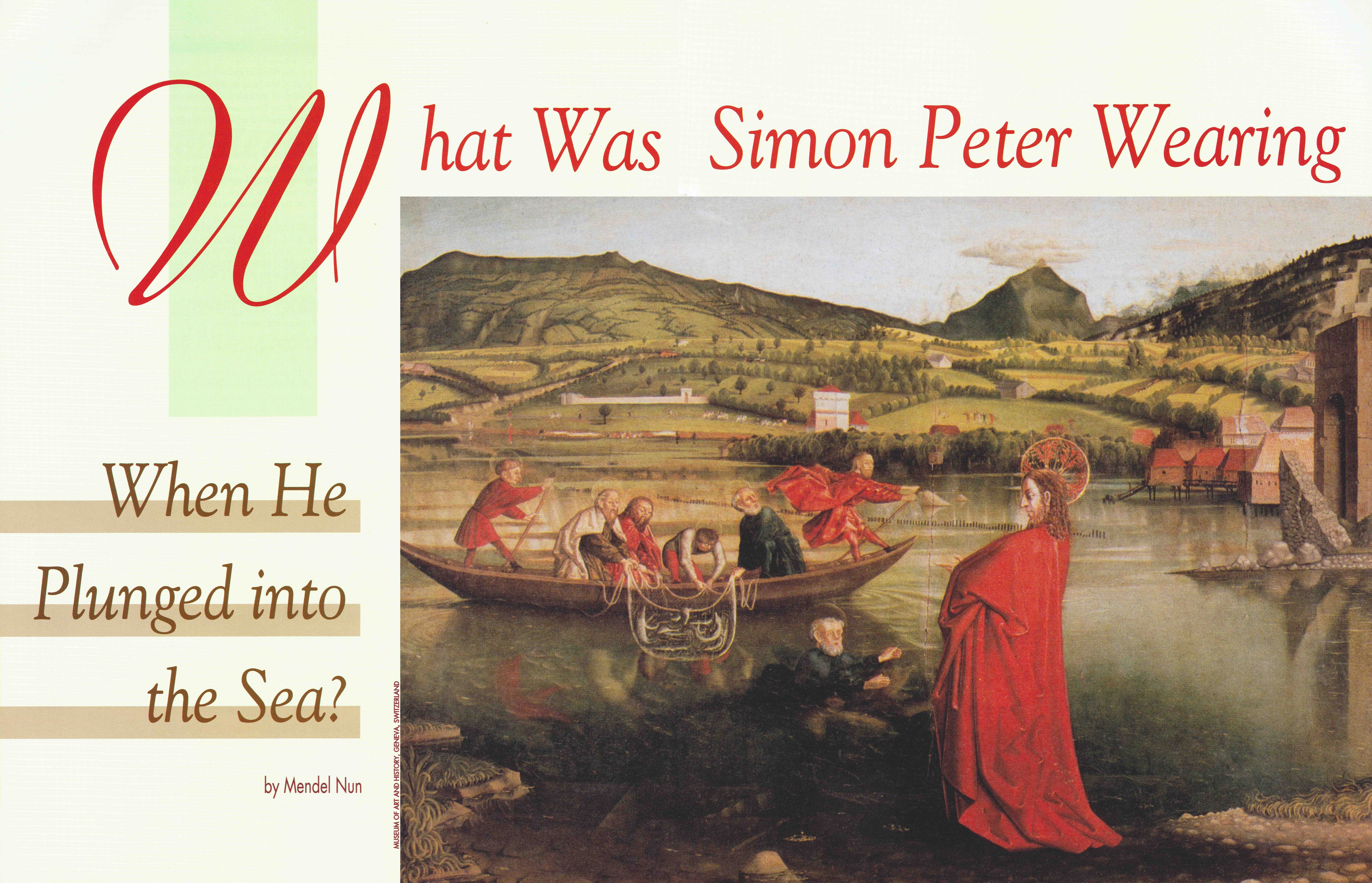
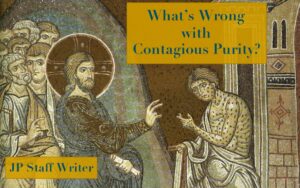
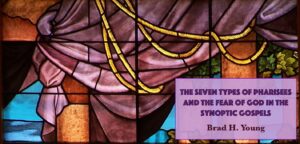
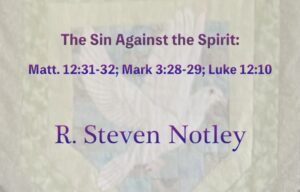
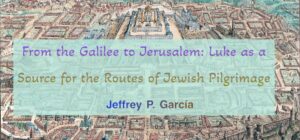
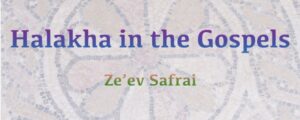
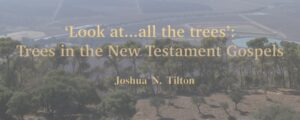
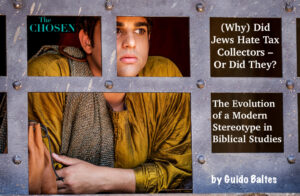
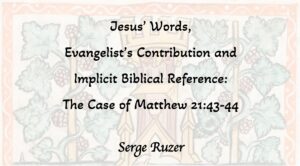

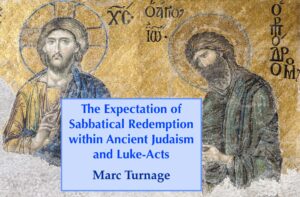
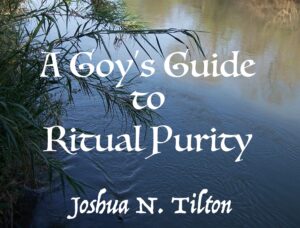
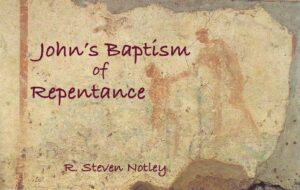
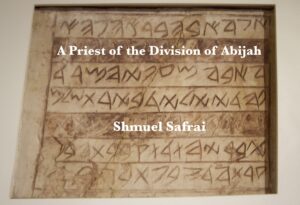
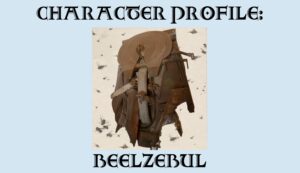
Comments 2
Why the decision to not leave it in the Matthew 17 context of the disciples inability to heal/cast the demons out of the man’s son?
We’ll get to that in the “Story Placement” discussion of Faith Like a Mustard Seed. But if you start with the hypothesis that the author of Matthew used the Gospel of Mark as a source, and you then compare Mark 9 and Matt. 17, you’ll probably be able to answer your question yourself. Keep up the good work, and “stay tuned” for more LOY segments.